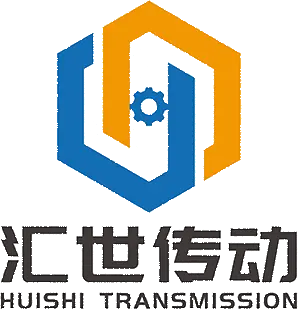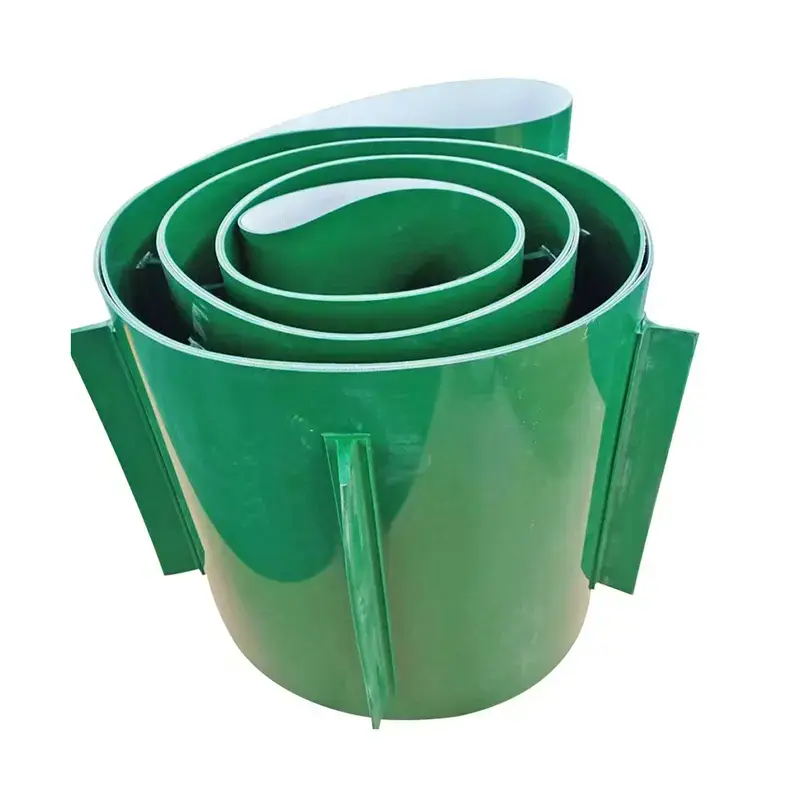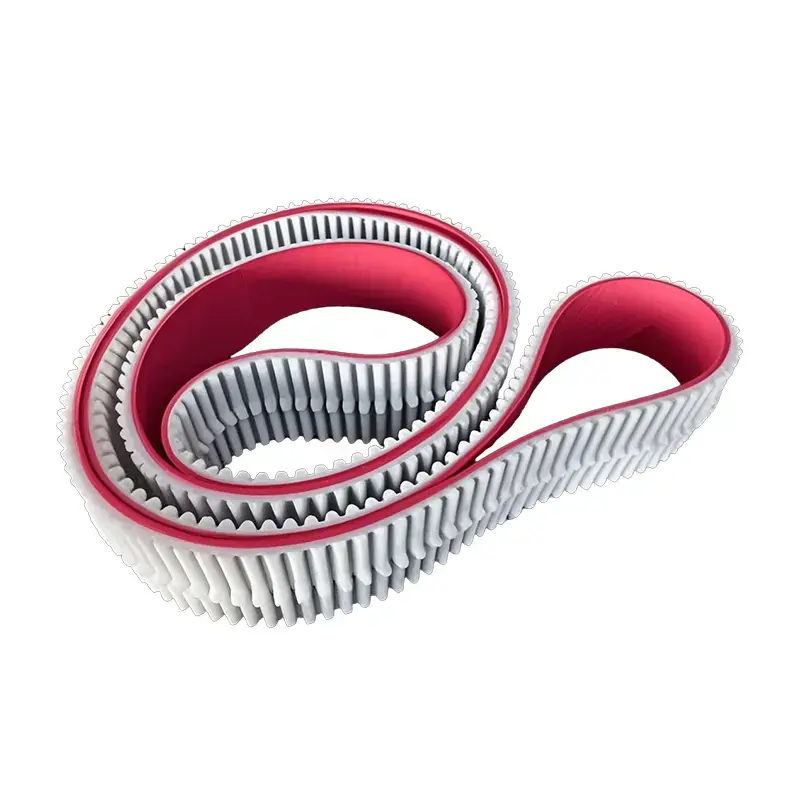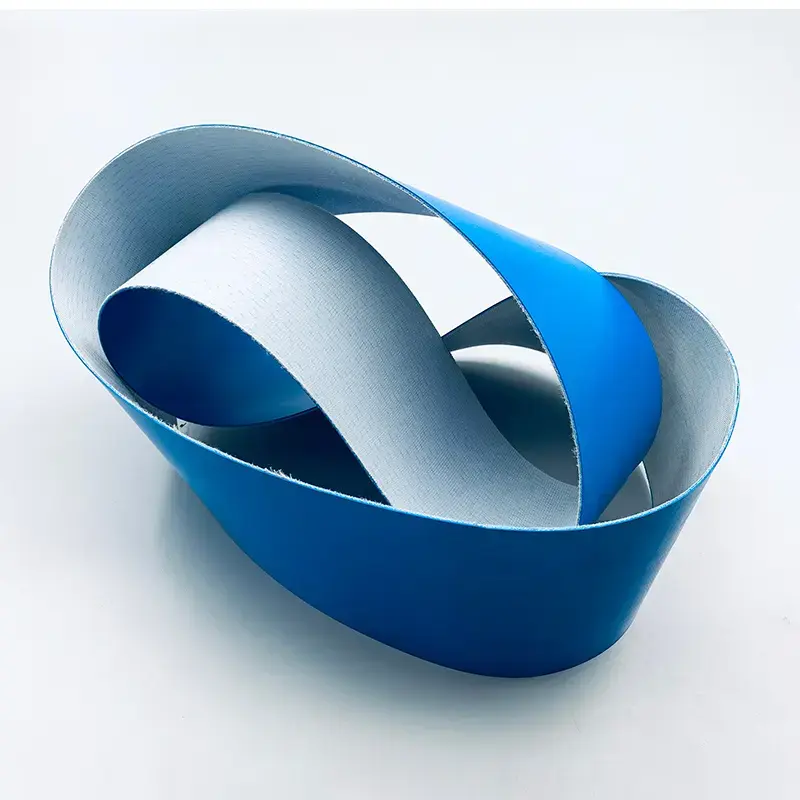 +86-19862000127
+86-19862000127 Timing Belt Cost: A Strategic Investment in Industrial Operations
For any business that relies on machinery, the cost of a Timing Belt is a critical consideration. However, focusing solely on the purchase price can be a costly mistake. The truetiming belt cost is a comprehensive figure that includes not only the initial outlay but also the expenses related to installation, maintenance, and, most importantly, the potential financial impact of a failure. A strategic approach to this component can significantly affect your bottom line, productivity, and overall operational stability.
Understanding the Real Timing Belt Cost
The price tag on a timing belt is just one piece of the puzzle. A deeper analysis reveals the true cost to your business.
-
Initial Purchase Price: This is the most straightforward part of the cost. The price of a timing belt varies widely depending on the material (e.g., rubber, polyurethane), the size, and the specific application. Higher quality materials and precision engineering often come with a higher price tag, but this investment can yield significant long-term savings.
-
Installation and Labor Costs: The installation of a timing belt requires skilled labor and can be a time-consuming process. The complexity of the machinery and the need for precise alignment mean that labor costs can be a substantial portion of the total expense.
-
Maintenance and Downtime: Proactive maintenance, including regular inspections and timely replacements, is key to preventing catastrophic failure. The cost of maintenance should be factored in, but it is far less than the cost of unexpected downtime. A broken timing belt can bring an entire production line to a halt, leading to lost revenue, missed deadlines, and a damaged reputation.
-
The Cost of Failure: This is the most significant and often overlooked aspect. A timing belt failure can cause extensive damage to machinery, leading to expensive repairs or even the need for a full replacement. For example, in an internal combustion engine, a broken timing belt can cause pistons to collide with valves, resulting in a completely destroyed engine. The financial and operational fallout from such a failure far outweighs the cost of a replacement belt.
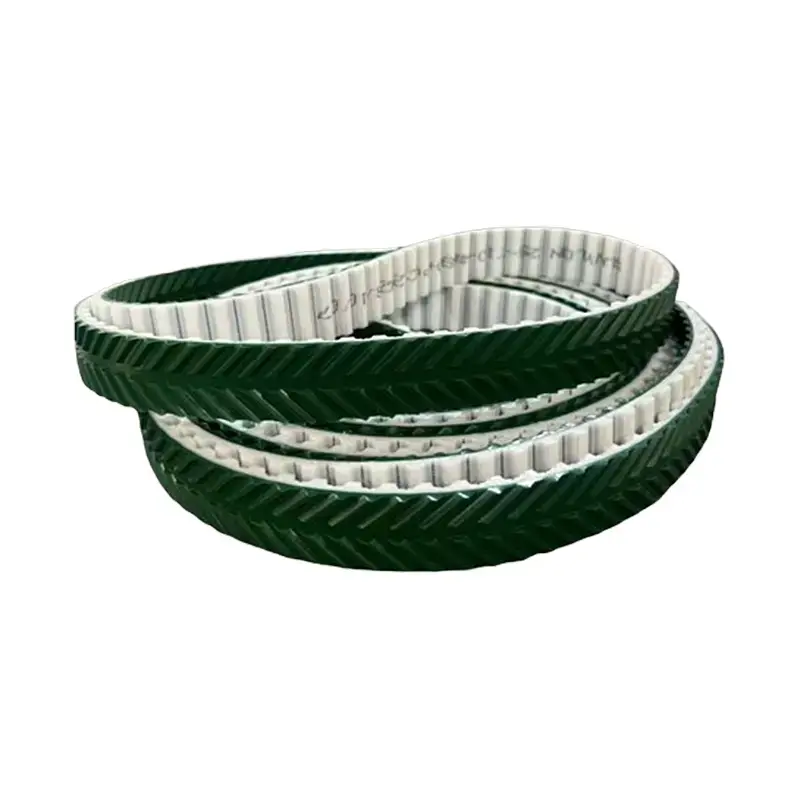
A Strategic Approach to Timing Belt Investment
Rather than viewing a timing belt as a simple expense, consider it a strategic investment in your equipment's reliability.
-
Prioritize Quality Over Price: Opting for a cheaper belt might save money upfront, but it increases the risk of premature failure. Invest in high-quality belts from reputable manufacturers to ensure durability and a longer lifespan.
-
Adhere to a Proactive Maintenance Schedule: Implement a strict maintenance schedule based on manufacturer recommendations and your specific operating conditions. Regular inspections can identify signs of wear before they lead to failure.
-
Train Your Staff: Ensure your maintenance team is properly trained in the correct installation and inspection procedures. Proper installation is crucial for maximizing the life of the belt and preventing alignment issues.
-
Consider the Total Cost of Ownership (TCO): When making purchasing decisions, always look beyond the initial price. Evaluate the TCO, which includes the cost of the belt, installation, maintenance, and the potential costs of failure. The belt with the lowest TCO is the most cost-effective choice in the long run.
Summary
The real timing belt cost is a complex calculation that extends far beyond the price tag. It encompasses the expenses of installation, routine maintenance, and the potentially devastating financial impact of a failure. By adopting a strategic approach that prioritizes quality, proactive maintenance, and an understanding of the total cost of ownership, businesses can transform a simple purchase into a sound investment in their operational efficiency and long-term profitability.
FAQ
1. How often should a timing belt be replaced?
Replacement intervals vary depending on the equipment manufacturer's specifications, the type of belt, and the operating environment. It's crucial to follow the manufacturer's guidelines and conduct regular visual inspections.
2. What are the signs that a timing belt needs to be replaced?
Common signs include cracking or fraying on the belt's surface, a glazed or shiny appearance, missing teeth, or a noticeable squealing noise from the drive system.
3. Is it worth buying a more expensive timing belt?
Yes, a higher-quality, more expensive timing belt is often a better investment. It offers superior durability, a longer lifespan, and a reduced risk of catastrophic failure, which can save a business a significant amount of money in repair and downtime costs.



